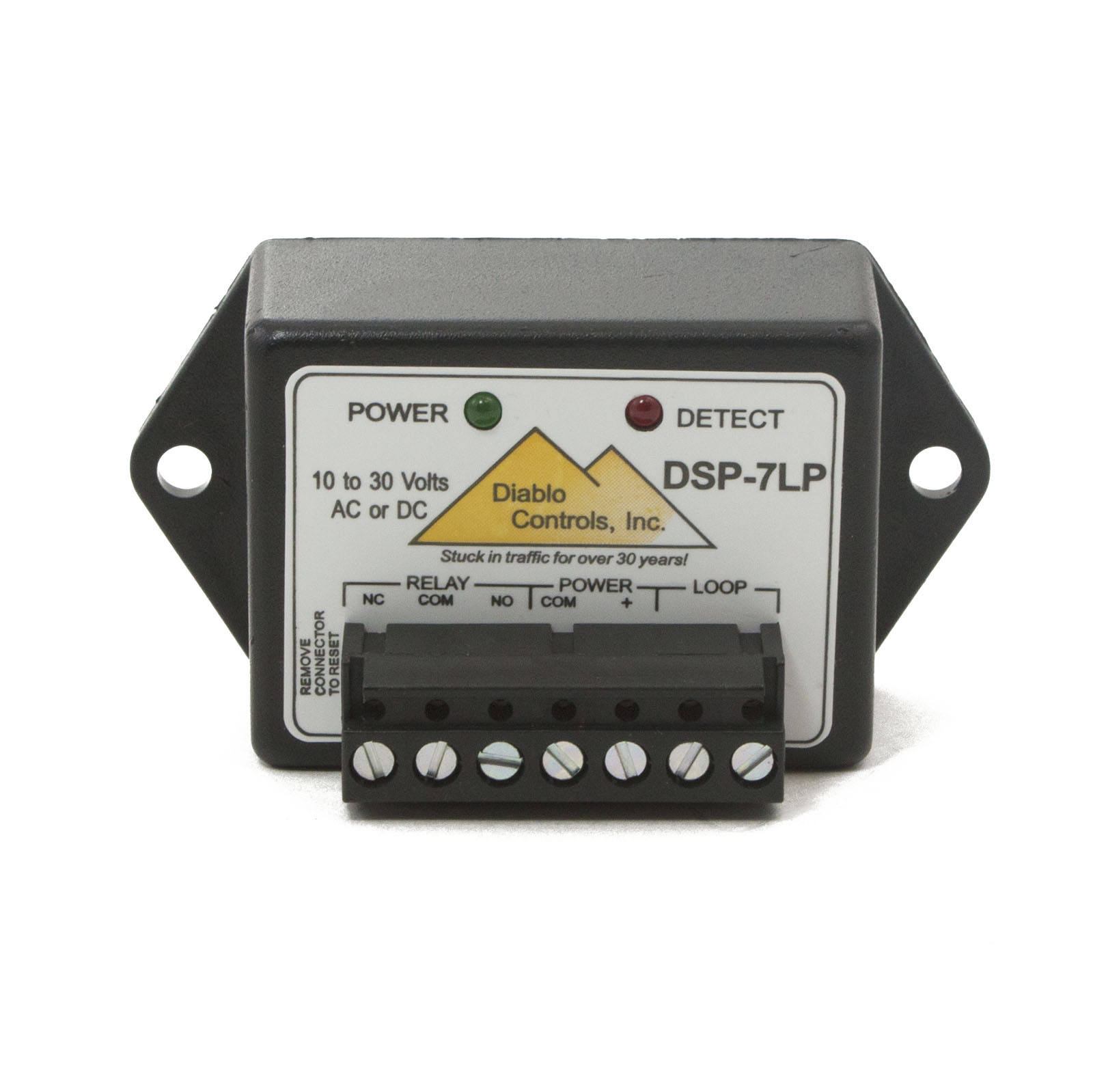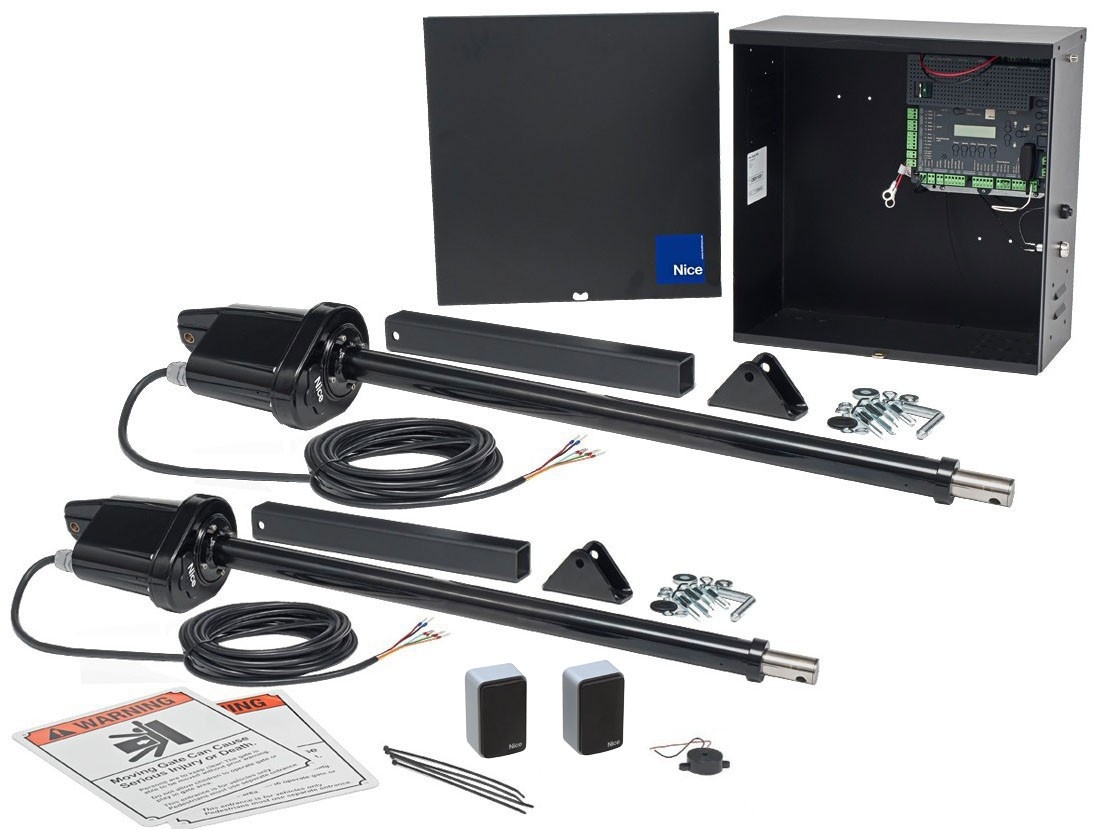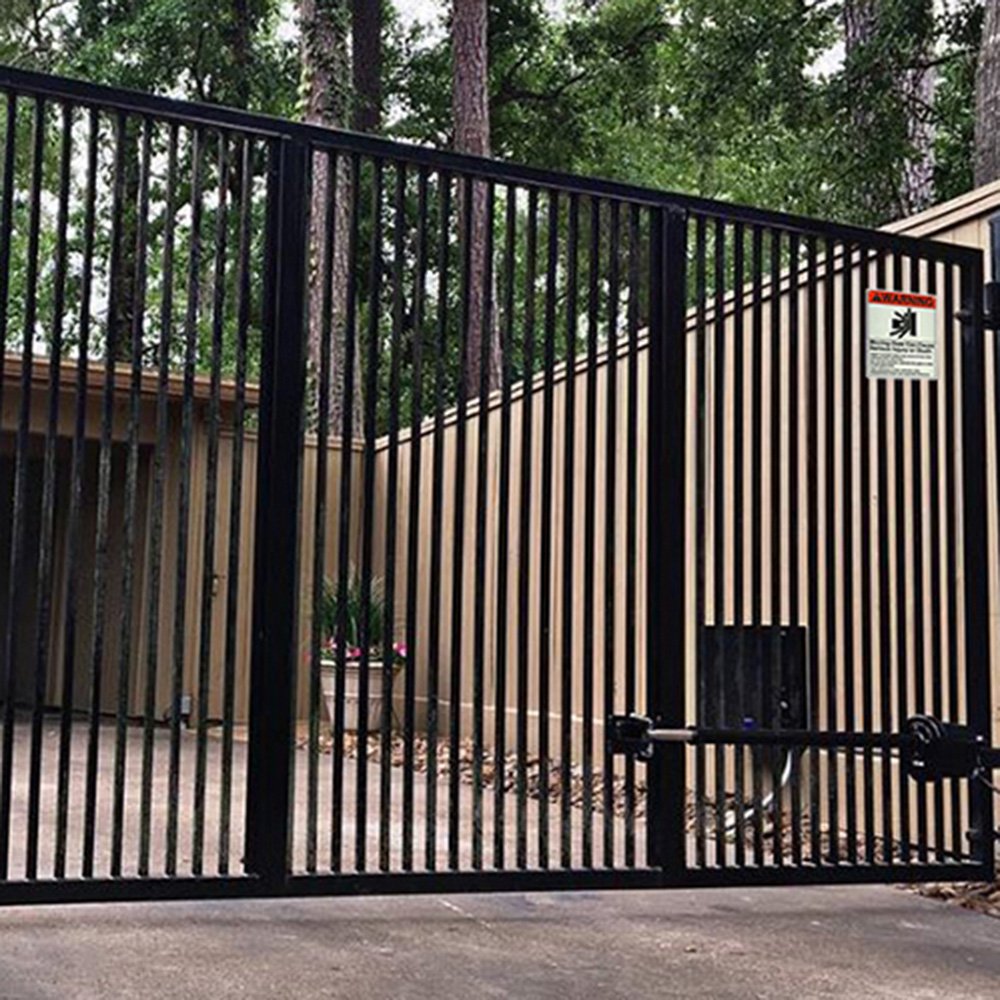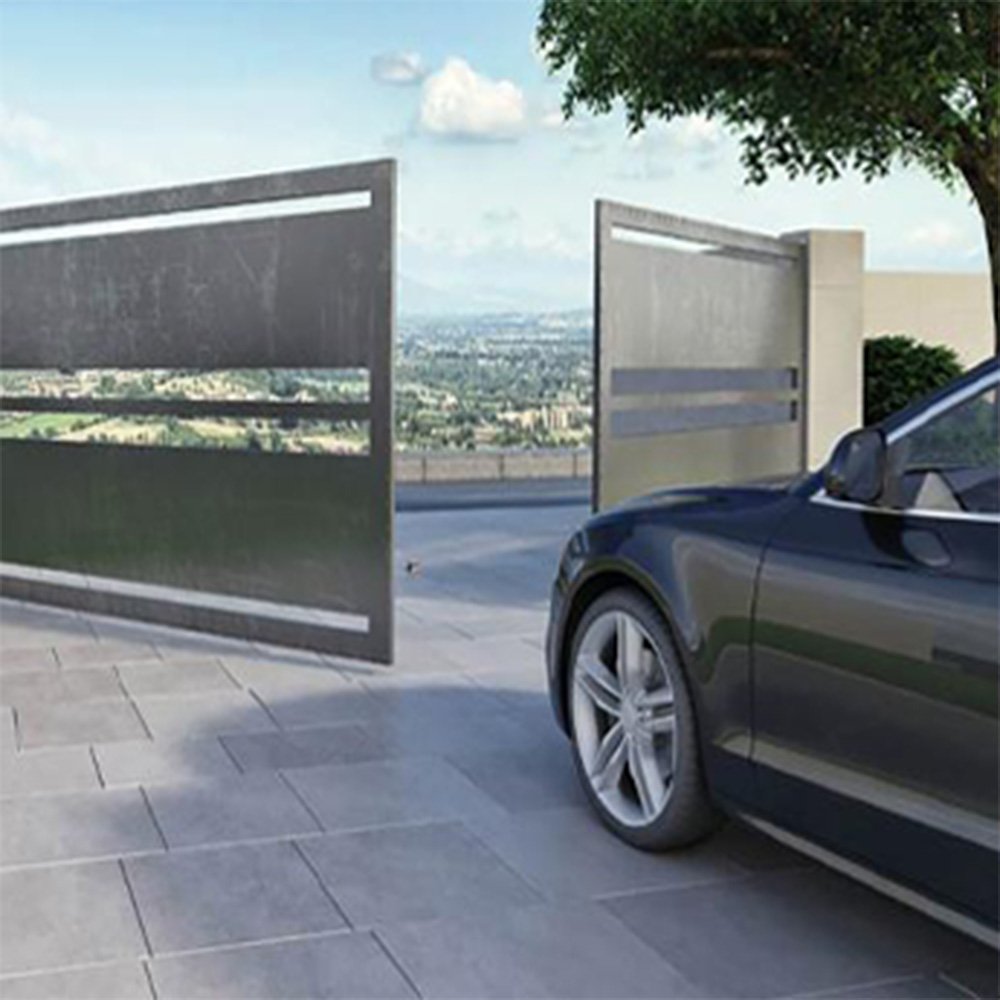How Does A Loop Detector Work?
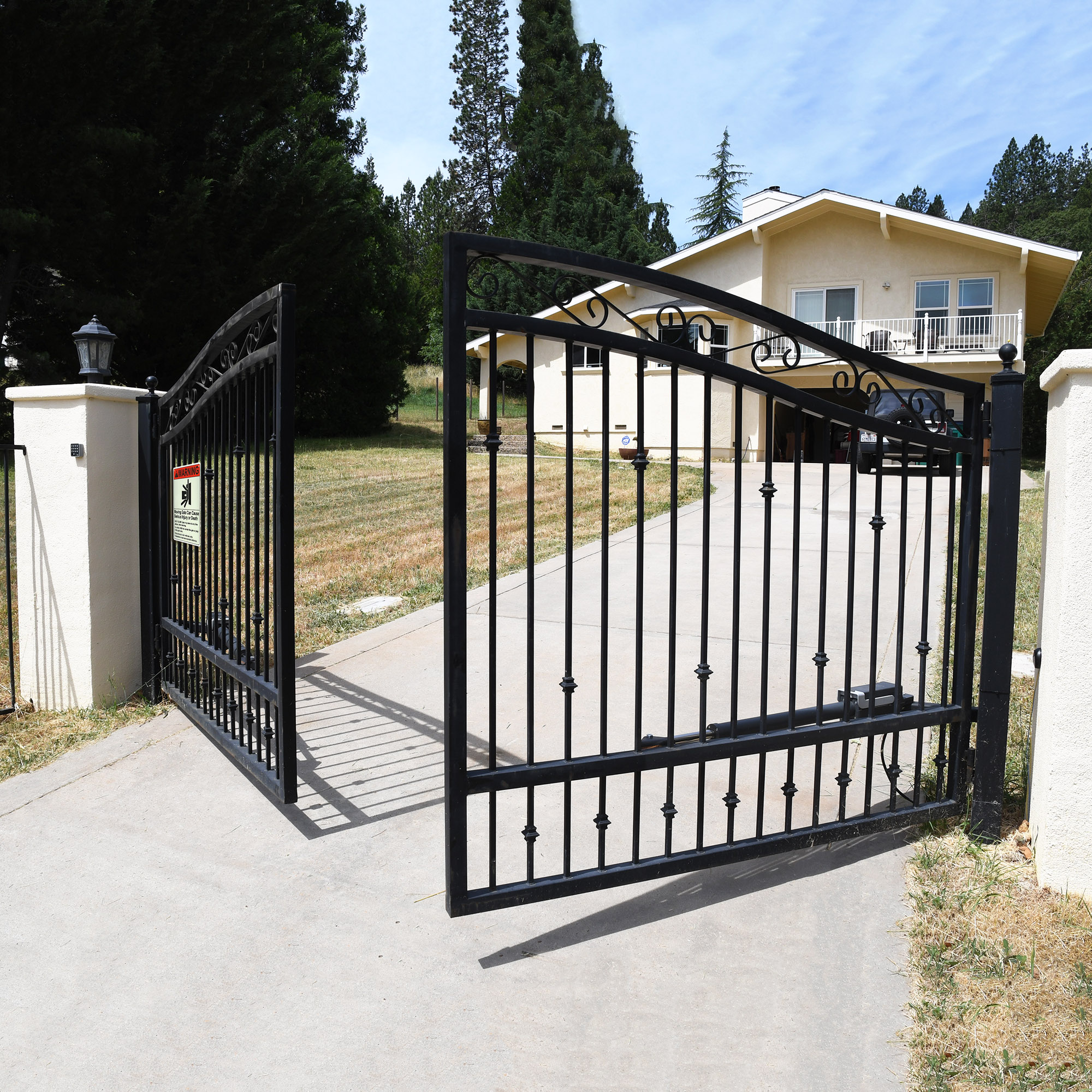
Have you ever wondered how an automatic gate knows to open? You would likely assume the driver or property owner has a remote to open the gate for you. But what about in, say, a parking garage? Parking garages often only have barriers up to prevent people from driving through the wrong way. Have you ever noticed the white line and actuation sign at a traffic light? The loop detector is under the white line, which is why you need to pull up to/over it to actuate the traffic light.
In any case, while a remote may sometimes be opening the gate, loop detectors are more likely. Loop detectors are underground magnetic coils placed to detect vehicles' metal. Loop detectors then send an electromagnetic impulse to the gate opener, telling the opener to open the gate.
How Loop Detectors Work
The loop detector is plugged into the opener's control board, and the loop is then attached to the detector. The loop itself is a continuous run of wire, which will resonate at a regular frequency. The frequency increases when a large piece of metal is over the loop. When the opener detects the change in frequency, the relay will close and remain closed until the vehicle rolls past the loop.
Frequently Asked Questions
How Do I Install A Loop?
Loops are placed 1 to 6 inches underground. The loop is secured to rebar before being covered with concrete or asphalt. Installing a loop at a new location may be easier to plan; the construction crew can dig a trench for a direct burial loop. However, if you want to install a loop in an existing roadway, a loop can be embedded using a saw-cut loop.
Where Do I Put The Loop?
They should be placed where you will likely stop as the gate opens, and the loop's long axis should run perpendicular to traffic. While some loop detectors have a selection of detection modes that may influence the exact positioning of the loop, you will want to place the loop close to the gate opener and loop detector.
Why Is My Loop Not Detecting Cars?
A loop may not be operating properly due to the detector's sensitivity setting. If the sensitivity setting is too low, the loop may not detect the vehicle. On the other hand, if the sensitivity setting is too high, the gate may open every time it detects even a small bit of metal.

